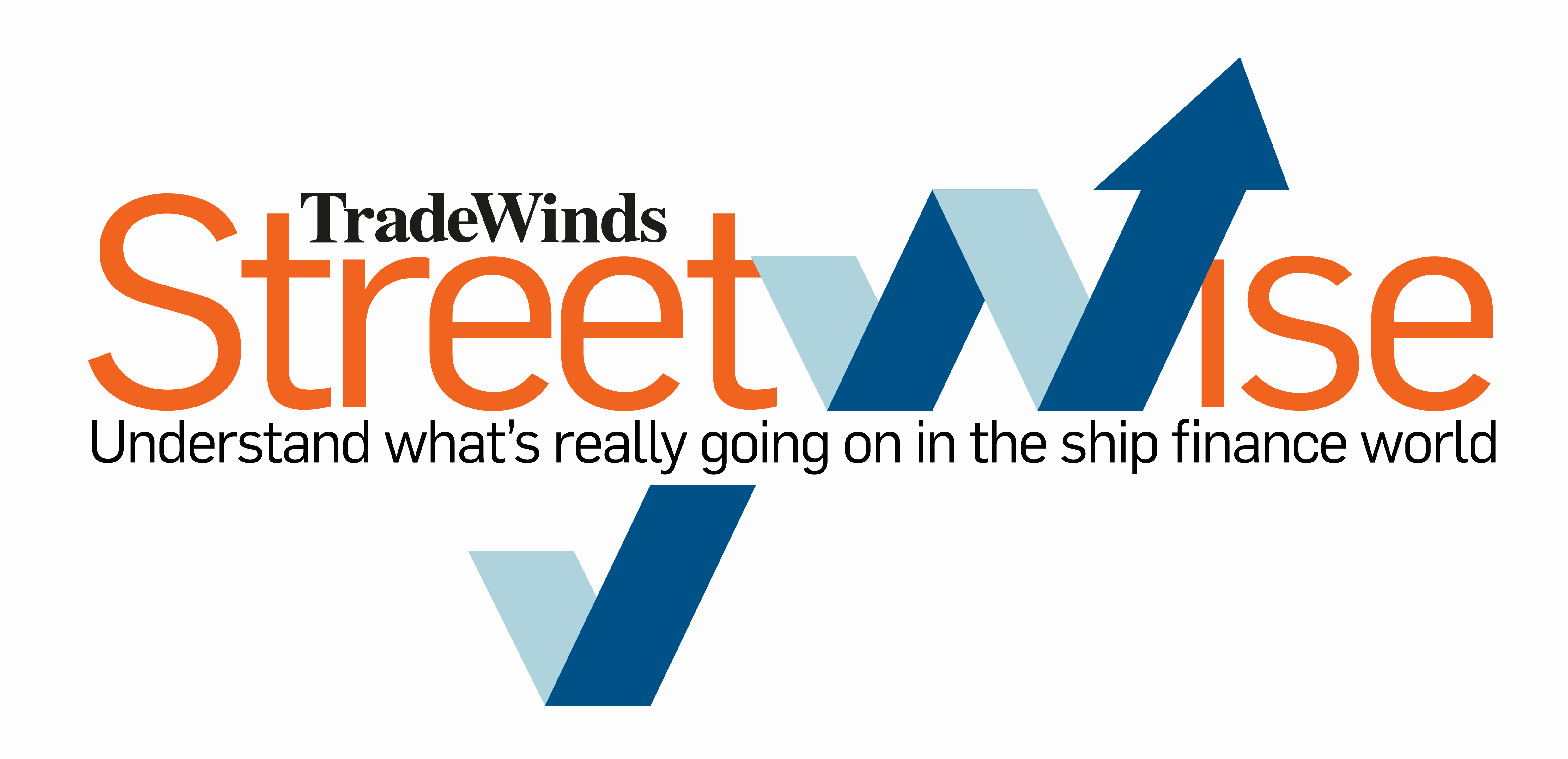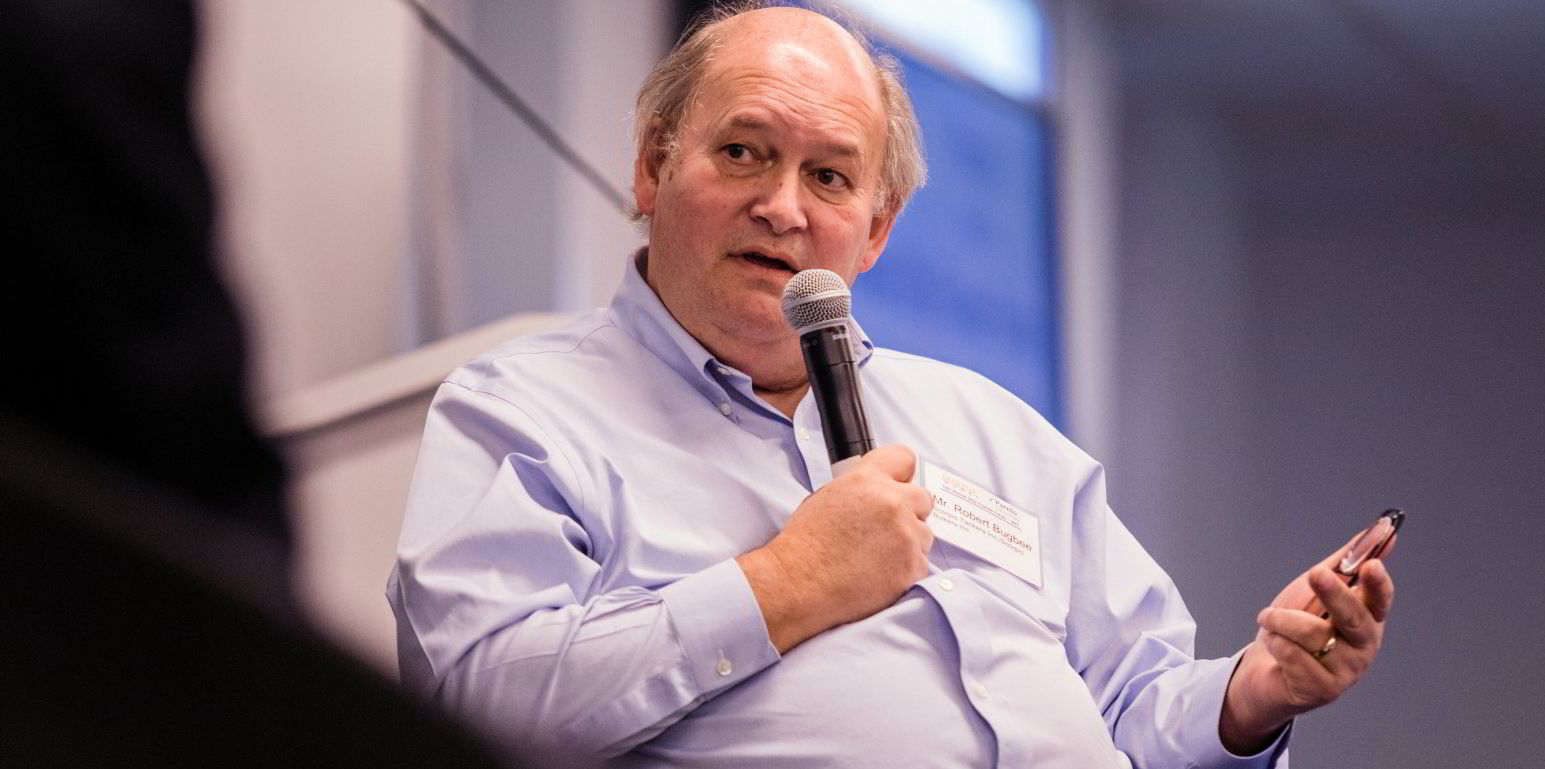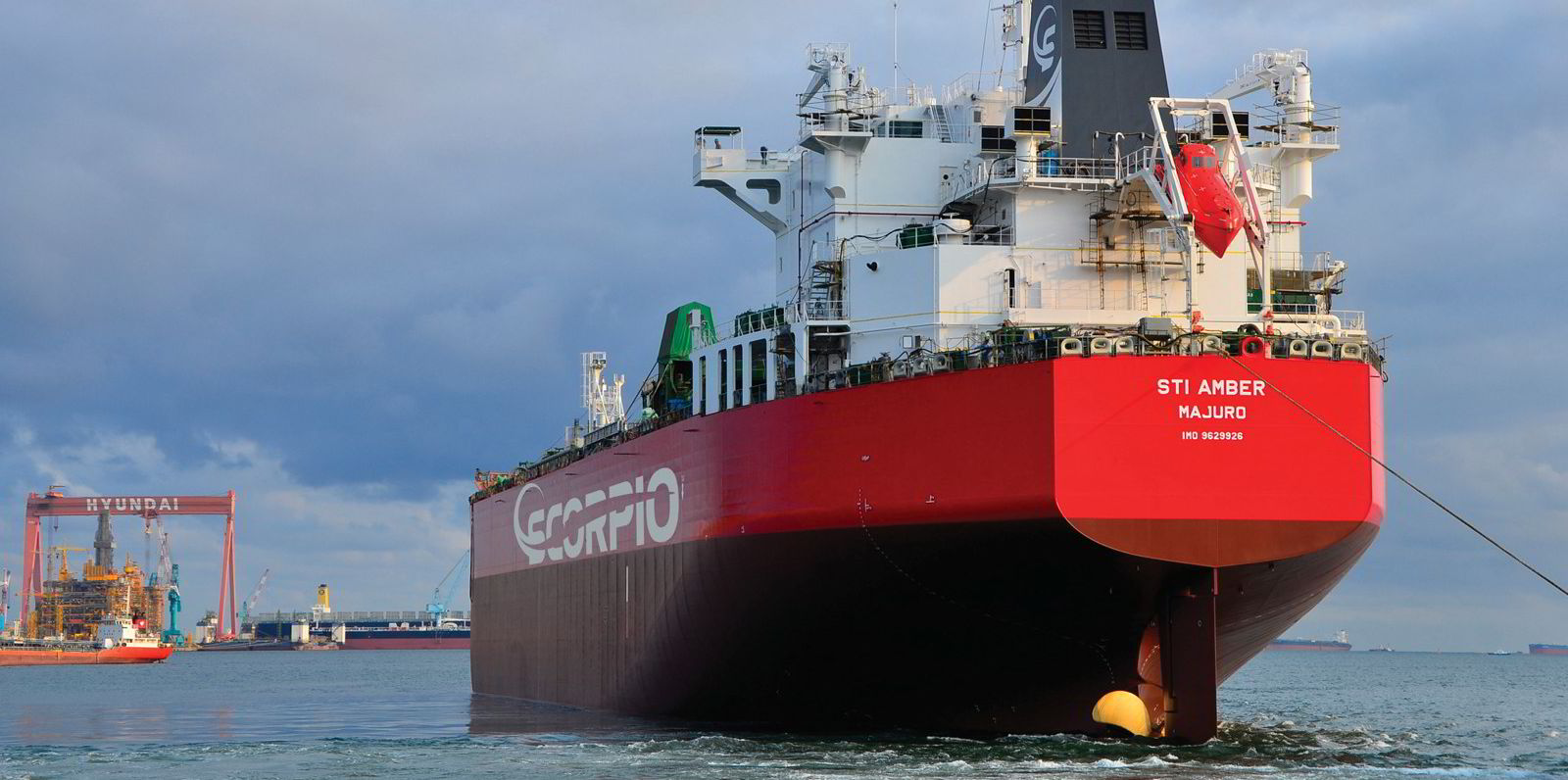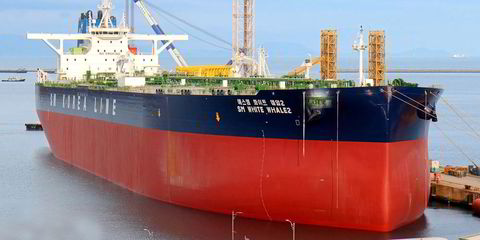At its last quarterly reporting in February, Scorpio Tankers was “supremely bullish” on the recovery of the product tanker market while still showing bookings that left it bleeding cash.
But for now, at least, it looks like the optimism was warranted, with Scorpio comfortably in black numbers and talking about reducing current debt of $3.16bn by $500m in the year’s first half.
Scorpio’s fleet of LR2s, MRs and handymax tankers has earned an average of $28,000 a day this quarter, well above a cash break-even of $17,000. And if that earnings number settles to just $25,000 for the second quarter, some good things can happen, said James Doyle, head of corporate development and investor relations.
“We will reduce our debt by over $500m in the first half of this year,” Doyle said. “The market inflection point has arrived, and we could have an extended tanker cycle.”
Monaco and New York-headquartered Scorpio is no longer talking about whether it has enough cash to survive a market trough that started in mid-2020. Now it’s fielding questions about increasing the quarterly dividend and suggesting it may start buying back shares.
“I think we’re done with the sales,” said chief executive Emanuele Lauro, alluding to agreements to sell 17 tankers in the first quarter with $91.6m raised from the seven closed so far.
“The market has moved quickly – more quickly than we expected,” Lauro added, referencing the Russian war in Ukraine as a surprise catalyst.
Current spot rates are even higher than what Scorpio presented, in excess of $40,000 per day, Doyle said.
“We don’t quite know what the rates are going to be, but the cash flow is huge even now,” said Scorpio president Robert Bugbee.
Bugbee likened the potential for Scorpio's share – trading up nearly 3% today to $24.33 – to take off in similar fashion to the run of container ship owners and dry bulk operators from late-2020 to present.

Bugbee estimated Scorpio’s current net asset value (NAV) at between $35 and $37 per share and rising.
“There’s no question that buying back stock would be the best use of excess capital,” Bugbee said.

Stifel analyst Ben Nolan asked whether it wouldn’t be better to de-lever the balance sheet, given Scorpio’s heavy debt load and potential market uncertainties.
“I think that’s correct,” Bugbee acknowledged. “You’re not saying that with rates at $17,000 a day you’re going to buy stock. But at superior earnings you’re going to pay down extra debt as well as to take advantage of points along the way to buy back stock.”
If Nolan was the one urging caution there, it was Bugbee who took that role when asked by B Riley researcher Liam Burke about the potential to increase Scorpio’s $0.10 quarterly dividend.
“Right now it’s not even thought of because of the gap between the share price and the NAV…we’ll get to that in the future,” Bugbee said.





